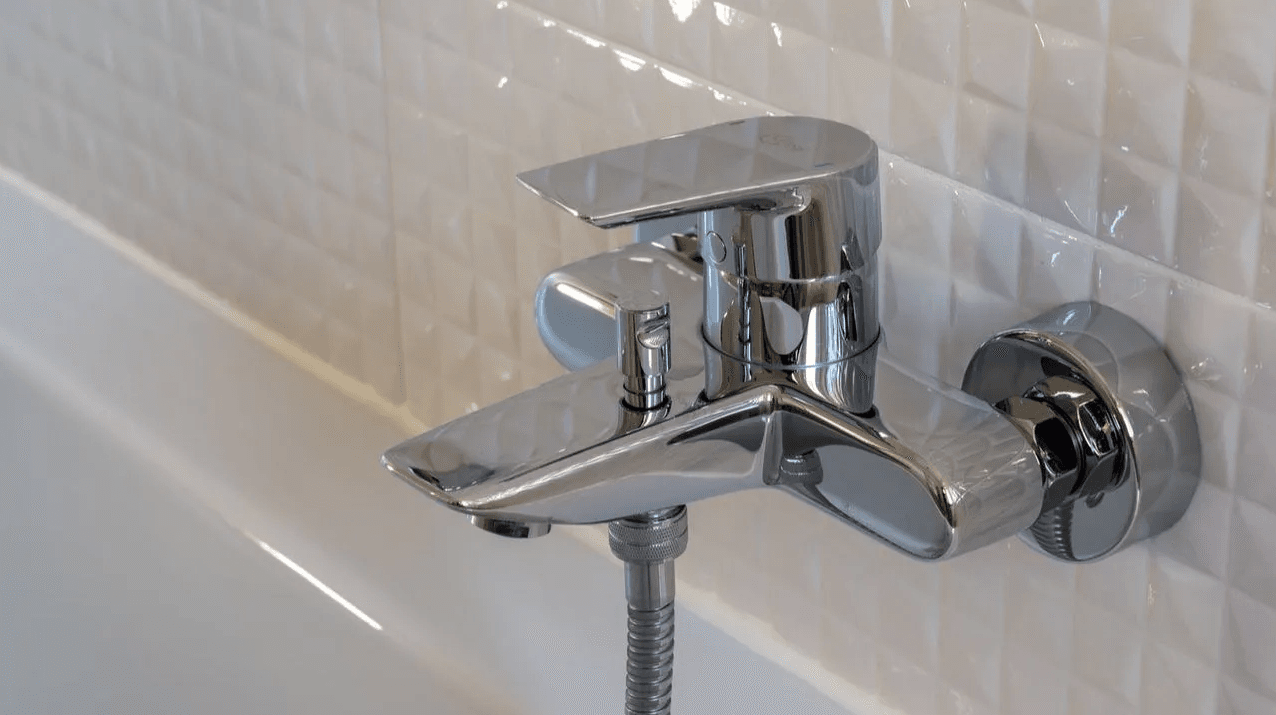
A malfunctioning shower diverter can be a frustrating issue. When it fails to operate correctly, you may experience difficulty switching water flow between the bathtub faucet and the showerhead, resulting in weak water pressure or water leaking from one outlet while the other is in use. Fortunately, fixing a shower diverter is a relatively straightforward process that you can often handle yourself without the need for professional plumbing services. Here’s a step-by-step guide to help you troubleshoot and fix your shower diverter not working.
Understanding the Shower Diverter
Before diving into the repair process, it’s essential to understand what a shower diverter is and how it works. A shower diverter is a valve that redirects water from the bathtub spout to the showerhead. There are three common types of shower diverters:
- Tub Spout Diverter: Found on the tub spout, you pull up a knob to activate the shower.
- Three-Valve Diverter: Common in older systems, it uses three knobs to control hot water, cold water, and the diverter.
- Two-Valve Diverter: Often found in modern systems, it uses a single handle to control temperature and another to switch between tub and shower.
Common Problems and Solutions
- Leaky Diverter
- Symptoms: Water continues to flow from the tub spout when the shower is on.
- Cause: Worn-out washer or gasket.
- Solution: Replace the washer or gasket. To do this, you’ll need to remove the diverter valve and inspect the internal components. If the washer is damaged or worn, replace it with a new one of the same size.
- Stiff or Stuck Diverter
- Symptoms: Difficulty in pulling up or turning the diverter.
- Cause: Accumulation of mineral deposits or rust.
- Solution: Clean the diverter. Remove it and soak it in a vinegar solution to dissolve mineral buildup. For more stubborn rust, use a wire brush. After cleaning, lubricate the moving parts with plumber’s grease before reassembling.
- Broken Diverter
- Symptoms: The diverter doesn’t stay in position or the knob is loose.
- Cause: Damaged or broken internal parts.
- Solution: Replace the diverter valve. Purchase a new diverter that matches your system. Remove the old diverter and install the new one, following the manufacturer’s instructions.
Step-by-Step Repair Guide
Tools and Materials Needed:
- Screwdriver
- Adjustable wrench
- Plumber’s tape
- Plumber’s grease
- Replacement parts (washers, gaskets, or entire diverter valve)
- Vinegar (for cleaning)
Step 1: Turn Off the Water Supply Before starting any repair, turn off the water supply to the bathroom to prevent water from flowing while you work. Locate the main water valve and turn it off.
Step 2: Remove the Diverter For a tub spout diverter, unscrew the tub spout using an adjustable wrench. For three-valve and two-valve diverters, remove the handle by unscrewing the set screw, then pull off the handle and trim plate to access the diverter valve.
Step 3: Inspect the Diverter Examine the diverter for signs of wear, mineral deposits, or damage. If the washer or gasket is worn out, replace it. If there are mineral deposits, soak the diverter in vinegar for several hours and scrub it clean.
Step 4: Replace the Washer or Gasket If the washer or gasket needs replacing, remove the old one using a screwdriver or wrench, depending on the design. Install the new washer or gasket, ensuring it fits snugly in place.
Step 5: Clean and Lubricate the Diverter Clean all parts of the diverter thoroughly. Apply plumber’s grease to the moving parts to ensure smooth operation. This step is crucial for preventing future stiffness and prolonging the life of the diverter.
Step 6: Reassemble the Diverter Put the diverter back together, ensuring all parts are correctly aligned and securely tightened. For a tub spout diverter, screw the spout back onto the pipe and tighten it with the wrench. For valve diverters, reattach the trim plate and handle.
Step 7: Test the Diverter Turn the water supply back on and test the diverter by switching between the tub and shower. Ensure there are no leaks and that the water flow is strong from both outlets.
Preventative Maintenance Tips
To keep your shower diverter in good working condition, follow these maintenance tips:
- Regular Cleaning: Periodically clean the diverter to prevent mineral buildup.
- Check for Leaks: Regularly inspect the diverter for leaks and fix them promptly to avoid more significant issues.
- Use Soft Water: If you live in an area with hard water, consider installing a water softener to reduce mineral deposits in your plumbing fixtures.
When to Call a Professional
While many diverter issues can be resolved with DIY methods, there are situations where professional help is necessary:
- Persistent Leaks: If leaks persist after replacing washers and gaskets, there may be a deeper issue.
- Major Damage: If the diverter or plumbing system is significantly damaged, professional repair or replacement may be required.
- Lack of Experience: If you’re uncomfortable performing plumbing repairs, it’s best to call a professional to avoid causing further damage.
By following this guide, you can troubleshoot and fix most issues with your shower diverter, ensuring a reliable and enjoyable shower experience. Regular maintenance and prompt repairs will extend the life of your diverter and keep your plumbing system in top condition.
 iVIGA Faucet Online Shop
iVIGA Faucet Online Shop
